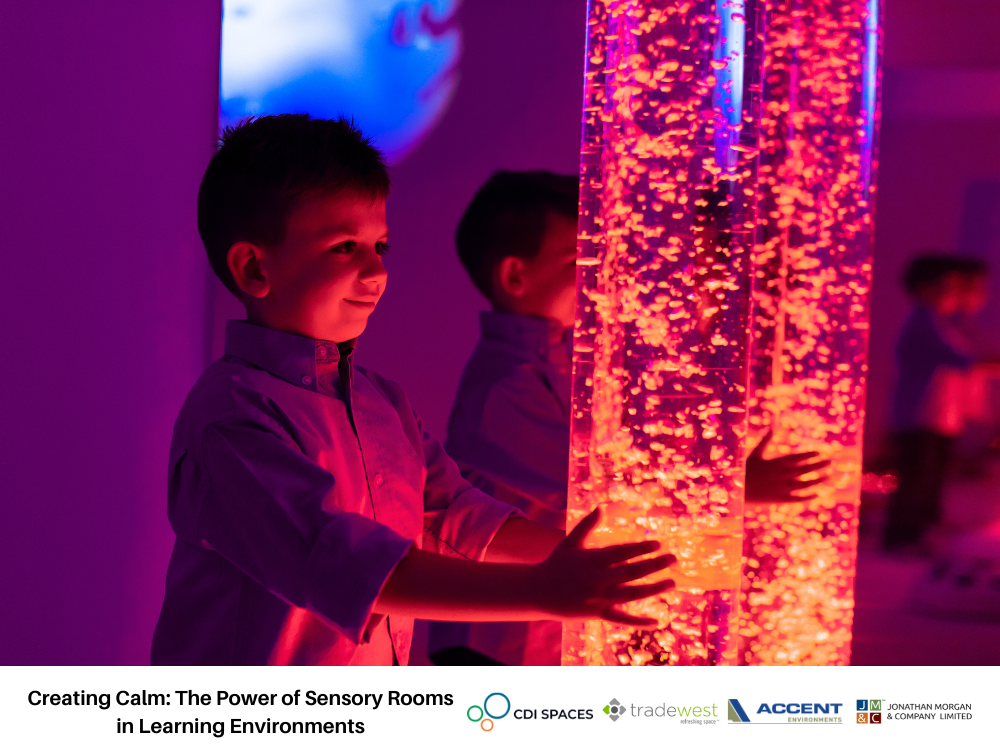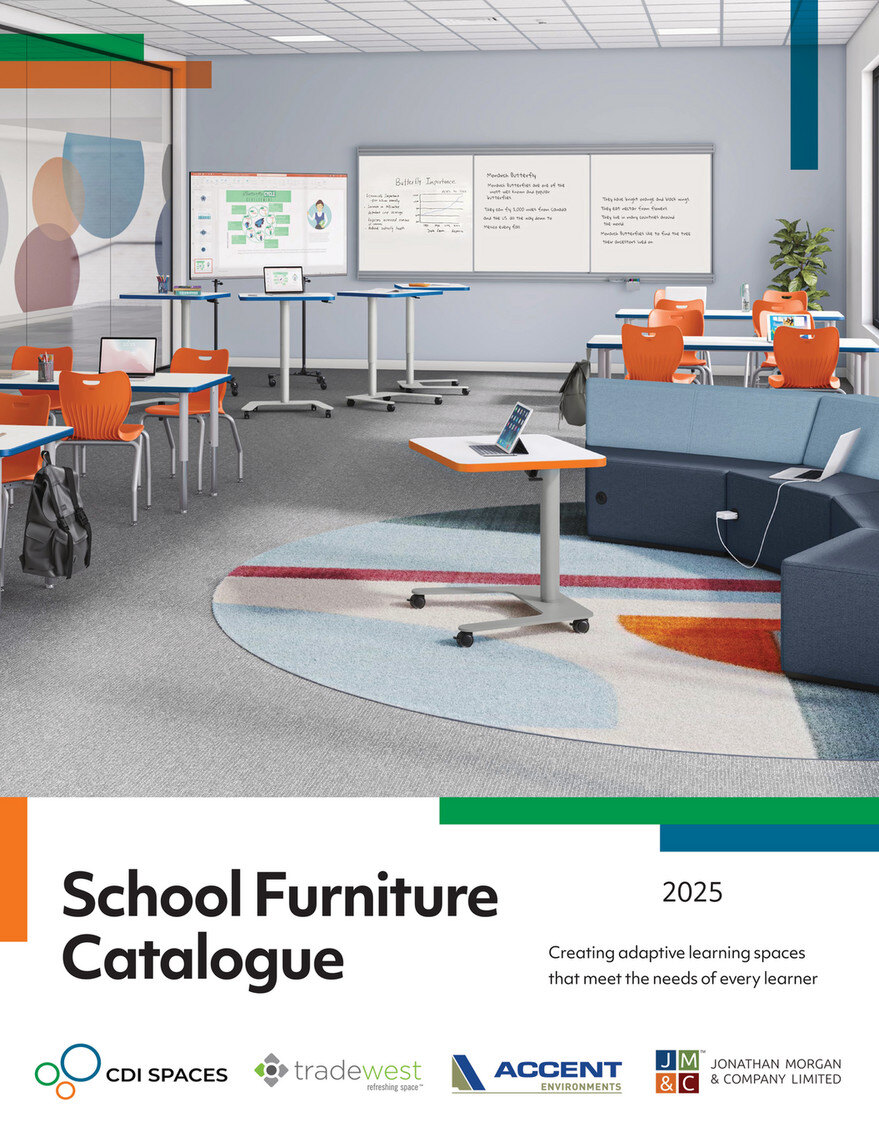Creating Calm: The Power of Sensory Rooms in Learning Environments
September 11, 2025

In today’s busy, often overstimulating world, sensory rooms have become a vital resource for schools, libraries, and community spaces. These thoughtfully designed environments provide a calm, safe haven for individuals, particularly students, who experience sensory sensitivities. By offering a space to regulate emotions, process sensory input, and refocus, sensory rooms help learners build coping strategies that can benefit them far beyond the classroom.

What is a Sensory Room?
A sensory room is a multi-purpose space intentionally equipped with sights, sounds, textures, and tools that engage the senses in a soothing, controlled way. Far from being just a quiet room, a sensory space is designed to adapt to the needs of its users, whether that means calming overstimulation or providing stimulating activities to help with focus and engagement.
Lights, colors, sounds, scents, tactile surfaces, swings, and movement-based seating often play a role. The environment can be adjusted to meet the needs of each student, encouraging self-regulation and supporting mental and emotional well-being.

Why Sensory Rooms Matter
For students with sensory processing challenges, the world can feel unpredictable and overwhelming. Sensory rooms act as a buffer, offering a controlled, customizable space to regulate their nervous system. This not only reduces anxiety but also improves readiness to learn and engage with others.
Even beyond special education needs, sensory rooms benefit all students by:
- Providing a safe space for emotional resets
- Encouraging mindfulness and self-awareness
- Supporting focus and concentration
- Reducing classroom disruptions caused by sensory overload

Designing a Sensory Room That Works
The best sensory rooms are adaptable, inclusive, and intentional. Consider flexibility so furniture and tools are easy to reconfigure. Include a variety of sensory modalities such as sight, sound, touch, and movement. Make sure the space is accessible to students with physical, sensory, or mobility challenges. Use calming colors, soft lighting, and comfortable seating to create a safe and welcoming atmosphere.
A well-designed sensory space is more than just a room. It is a pathway to self-regulation, confidence, and success. With the right combination of tools and environment, every student can find their calm, refocus, and thrive.

Looking to design a sensory room? Let’s talk.

